Written by Jeffrey Sargeant | Technical Director
Meridian Adhesives Group — Electronics Division
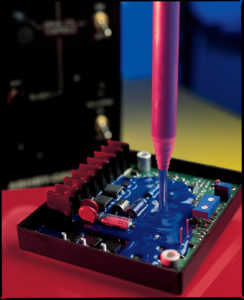
Certain epoxies can protect electrical components against heat, dust, and moisture, making them an ideal bonding choice for applications that must maintain electrical or thermal conductivity.
Certain assemblies lend themselves poorly to the use of mechanical fasteners. Such components may add weight and eventually rust. Fortunately, adhesives provide an answer in many cases and offer several benefits as a bonding method.
Adhesives can be used to bond complex geometries and, typically, reduce the weight and size of a finished product or assembly. These substances also distribute a bond’s stress over the entire surface of the bonding area rather than concentrating it at specific points, which can lead to a more durable hold.
Epoxies are one of the most common classes of adhesives, but the term “epoxy” covers a range of materials. Epoxies are available in several types and configurations. Here are a few additional features.
Color and appearance. Epoxies are available as a clear substance or in a selection of colors — including black, white, gray, tan, and others — to match the application. They can also be transparent or made opaque through the use of fillers and colorants.
Viscosity. A range of viscosities is accessible, which allows for the selection of a material with the physical consistency needed for the ideal bond gap and geometry. This includes low-viscosity adhesives that can penetrate thin spaces or high and paste-like viscosity to fill wider or irregularly shaped spaces. Low-viscosity epoxies are also used to impregnate fabrics or foams to create structural and functional composites.
Cure time and methods. Epoxies can be customized to match several different cure types, depending on the application. For example, room-temperature adhesives let an epoxy cure without the use of supplemental heat. Others may call for an elevated temperature from thermal or infrared (IR) ovens.
Different cure times are also available and may be necessary, including adhesives that set in just a few minutes to those that take several hours. Choosing the correct cure time depends on the application, available process time, and equipment. Additionally, some epoxies cure quickly by exposure to UV or visible light. The speed of UV curing lets manufacturers reduce overall production time.
Packaging type. Typically, epoxies are supplied in two components that are weighed and mixed for the quantity needed at the time of use. This means a user can maintain the maximum shelf life for the adhesive and avoid waste.
However, for increased simplicity, many substances are now supplied in dual-barrel cartridges with static mixing tips that dispense the two components — which are premixed in the proper mix ratio. This allows a user to apply a reproducible uniform mixed adhesive. In some instances, epoxies may also be supplied in a frozen, premixed form, which must be thawed right before use. This method of delivery is popular in the electronics industry.
In addition to the above characteristics, there are many epoxies available that are formulated to enhance specific functional properties.
Adhesion to substrates. The additives and chemistry of epoxies can be adjusted to enhance adhesion to several materials such as metals, glass, filled or unfilled plastics, textured or smooth surfaces, wood, concrete, and other construction substrates. This means designers are nearly unlimited by the choice of materials available for building or construction.
Flexibility. Generally, epoxies are quite rigid, but some substances can endure substrate bending or twisting without losing adhesion. This is where the true value of an adhesive is apparent. Since it’s applied over an entire bond area, it can better withstand stresses, reducing the chance of bond failure.
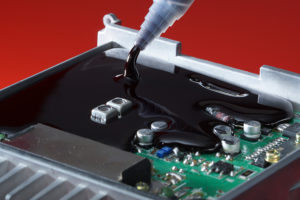
There are several factors to assess when choosing an epoxy. Consider partnering with an epoxy supplier that can offer expert advice to ensure you get the most out of an adhesive.
Chemical and flame-resistance. One important property of epoxies is their resistance to many chemicals. This makes many of these substances suitable for exposure to harsh chemicals and environments, including several acids, bases, organic solvents, fuels, fluids, as well as fresh and salt water.
Some epoxies are also formulated to meet flame-resistance requirements, including those for applications that must maintain certain standards (such as for the Underwriters Laboratories, a global safety certification, or the Federal Aviation Administration for aircraft safety, and others). The specialty epoxies also provide additional device life in harsh environments.
Electrical and/or thermal conductivity. Adhesives are frequently used in electronic and electromechanical assemblies. In these applications, epoxies can be applied to bond materials that need to maintain electrical or thermal conductivity between them.
For example, epoxies can bond heat sinks to parts of an electronic assembly that generate heat during their operation. A thermally conductive epoxy provides for a more efficient thermal transfer to the heat sink to increase heat dissipation. Electrically conductive epoxies can be used to bond components that require an electrical connection for passage of the electrical signals or static discharge.
Such bonding features give design and process engineers increased flexibility to fabricate reliable and high-performing devices.
Of course, the criteria for selecting an epoxy — such as the processing time, performance properties, and cost — will affect a user’s final decision. It’s advisable to ask an expert epoxy supplier that can provide the ideal recommendations.

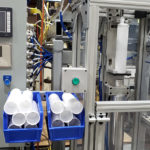
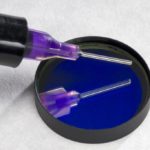


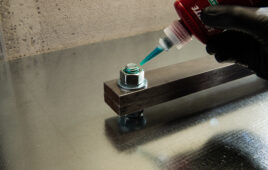

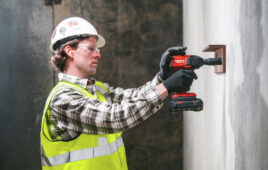
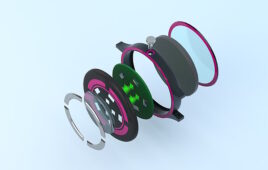
Tell Us What You Think!